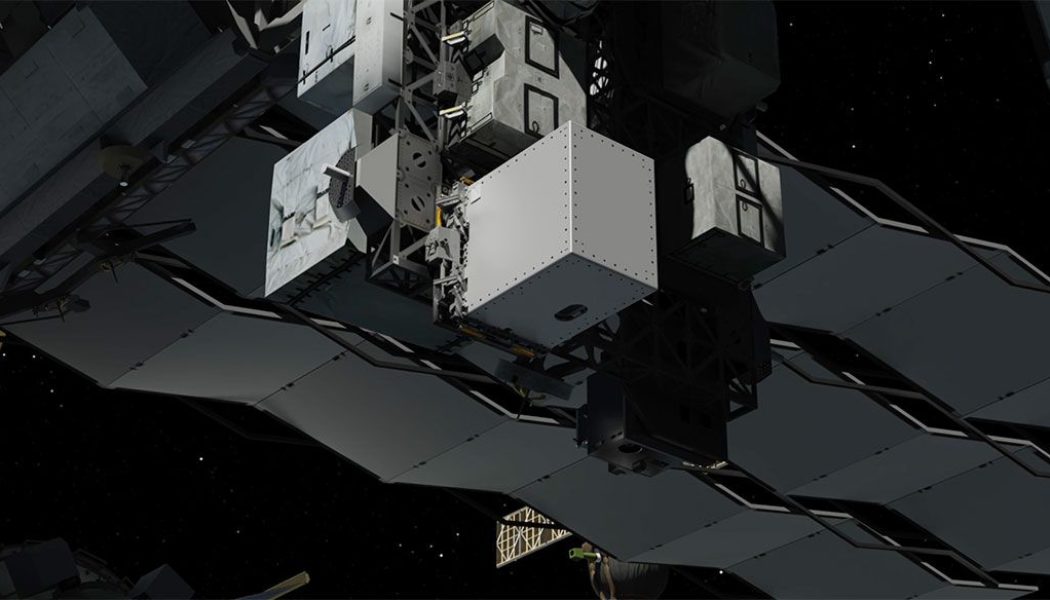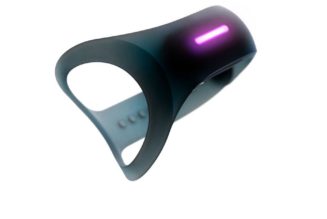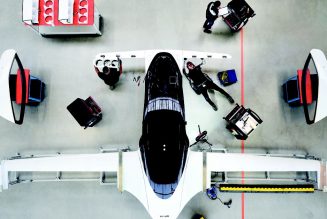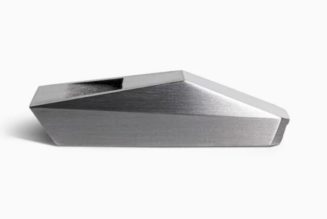A payload making its way to the International Space Station could help researchers back on Earth finally solve a climate mystery that’s stymied scientists for years. NASA launched a key instrument for its climate research, called the Earth Surface Mineral Dust Source Investigation (EMIT), aboard a SpaceX Dragon spacecraft Thursday night from the Kennedy Space Center.
Dust is a surprisingly powerful force up in the atmosphere, which is why NASA is determined to better understand it. The tiny particles waft up from deserts and other arid regions, and depending on many different factors, they can have a cooling or heating effect on our planet. Which scenario is actually playing out across the globe, however, continues to elude scientists.
“EMIT is studying mineral dust because it’s currently an unknown element,” Robert Green, EMIT’s principal investigator and Jet Propulsion Laboratory senior research scientist, said at a July 13th briefing on the mission. “Not just the magnitude of how much it heats or cools, but whether it heats or cools is uncertain.”
One reason why dust is such a mystery is that dust particles come in different colors. It might be dark red, for instance, because it contains iron. Dust particles containing clay, on the other hand, are usually much lighter in color.
Those lighter dust particles will reflect sunlight, helping to cool the planet. On the opposite end of the spectrum, dark dust particles will actually absorb the sun’s energy and have a heating effect instead. With climate change already heating things up to dangerous levels for life on Earth, scientists really want to know whether dust is helping or hurting efforts to stabilize global temperatures.
That’s where EMIT can help. It will use an instrument called an advanced imaging spectrometer to collect over a billion measurements over the next year, recording the composition of dust around the globe. To do this, the instrument will actually measure the spectrum of light reflected from the surface of our planet. This will tell scientists how much dust in the atmosphere comes from dark minerals or light minerals. Hopefully, that’ll finally solve the mystery of what effect dust has cumulatively on the planet, as well as the heating or cooling effects it might have from region to region.
:no_upscale()/cdn.vox-cdn.com/uploads/chorus_asset/file/23845146/e2_emit_1041.jpeg)
Answering those questions is crucial for building better climate models, which researchers use to try to understand what climate change might have in store for us in the future. For now, climate models generally assume the dust is yellow — averaging a mix of both dark and light-colored dust.
“We wanted to send [EMIT] because of a gap in our knowledge, it relates to climate now and in the future, and that will allow us to have better information to adapt to climate change,” Green said at the briefing.
Beyond climate change, EMIT’s data will also be used to study other phenomena on Earth influenced by dust. Dust can travel thousands of miles from North Africa to the Amazon rainforest, where it provides nutrients for plants. Dust also has a hand in cloud formation, air quality, and even water availability. When it lands on snow, it can accelerate snowmelt — which many regions, including the parched western US, depend on for freshwater.
[embedded content]
The International Space Station’s orbit around the planet is ideal for dust-measuring because it revolves around some of Earth’s most arid regions. Deserts are the source of most of the dust traveling around the world. The harsh, remote conditions of these regions have made it difficult for scientists to sample dust over vast areas on the ground by hand.
EMIT, among 5,800 pounds of other science experiments and crew supplies, is scheduled to arrive at the International Space Station on Saturday, July 16th, at around 11:20ET. It should be ready to start collecting data by the end of July, which NASA expects to start sharing publicly within roughly two months.









